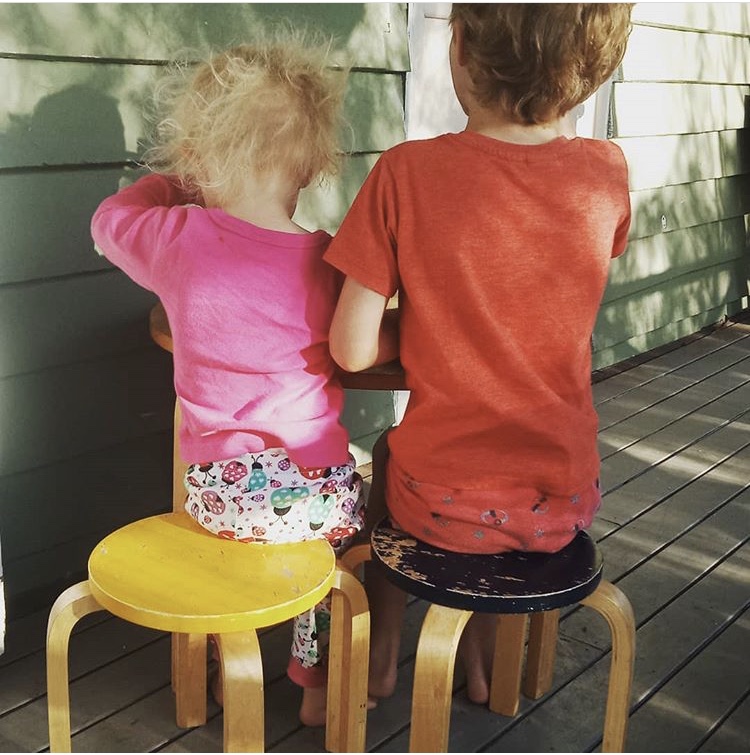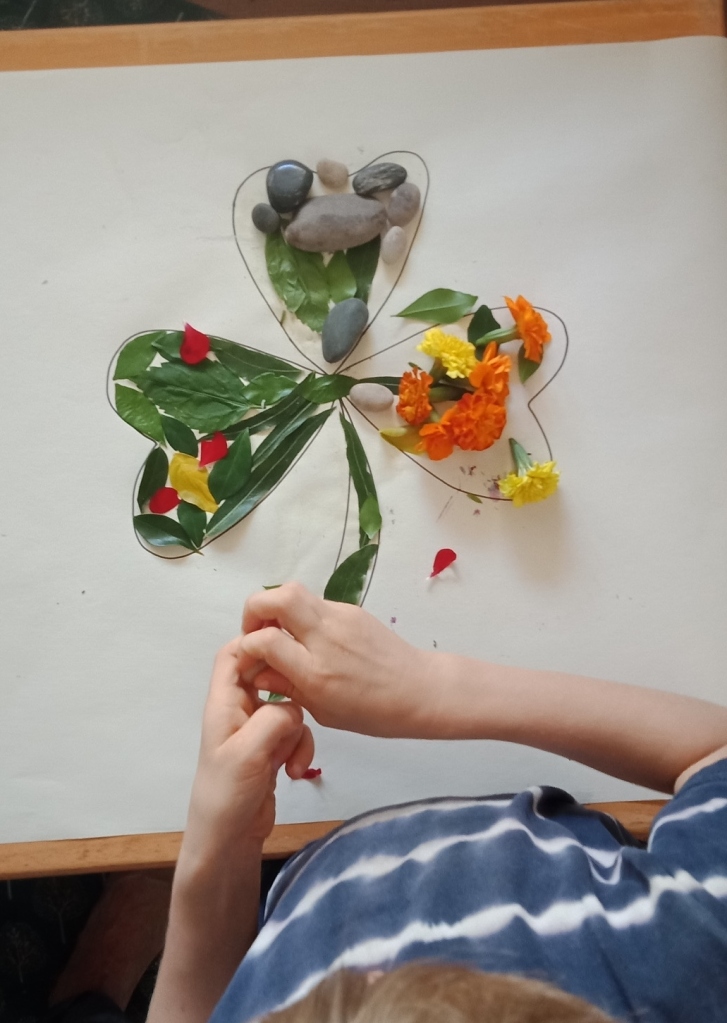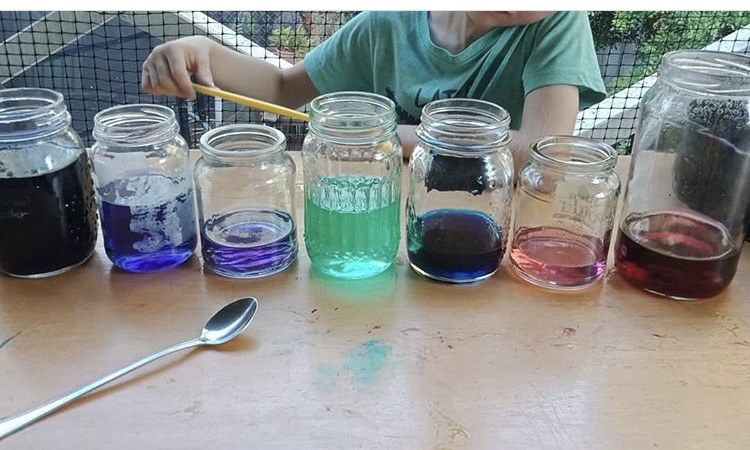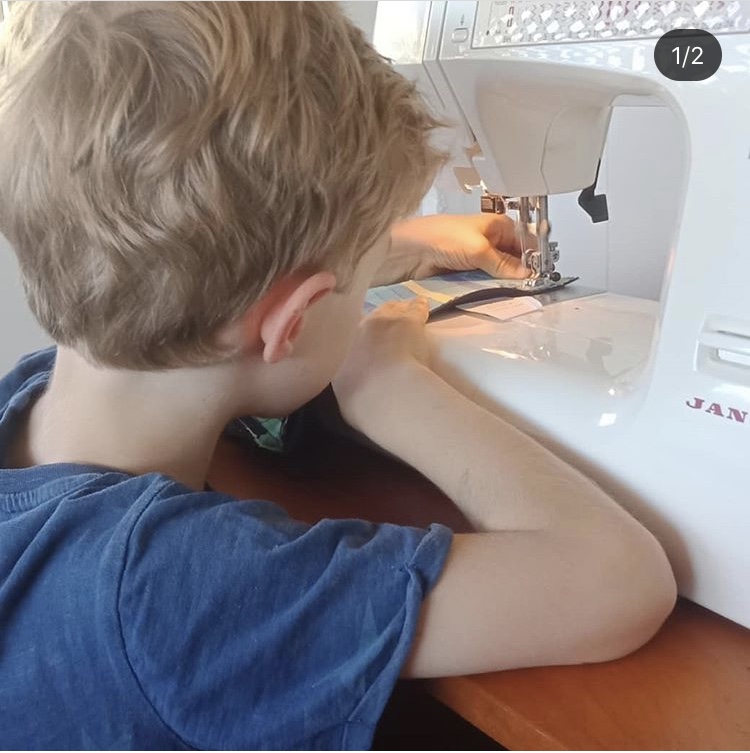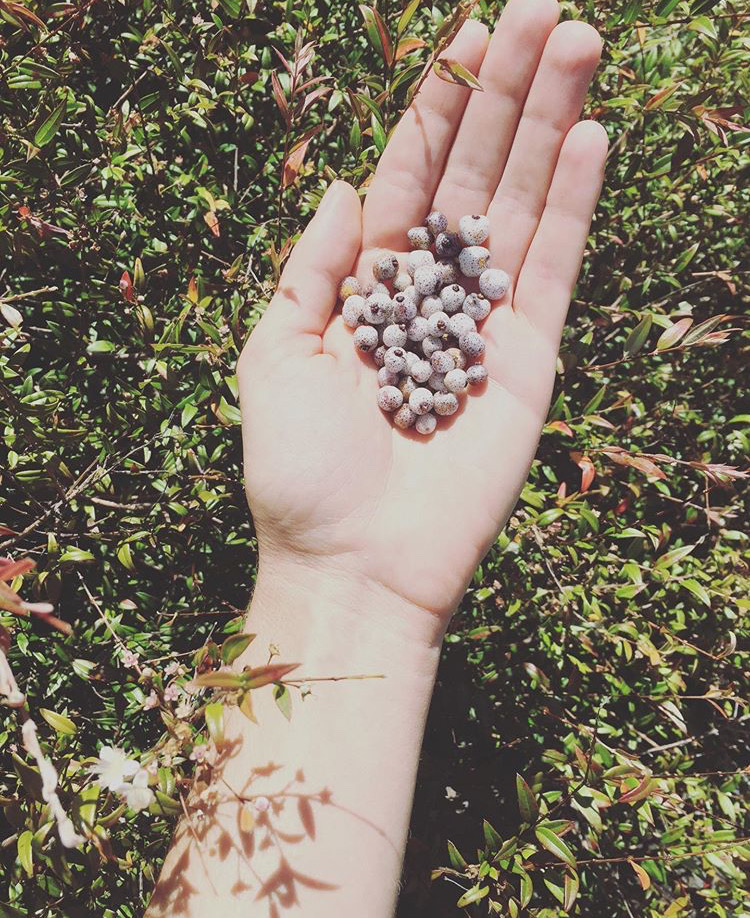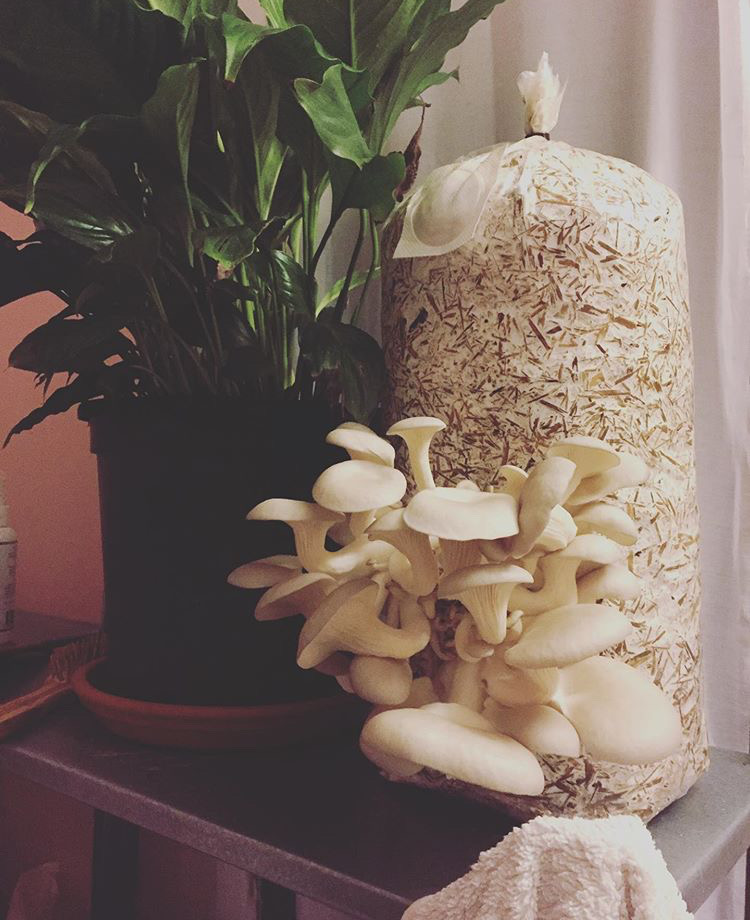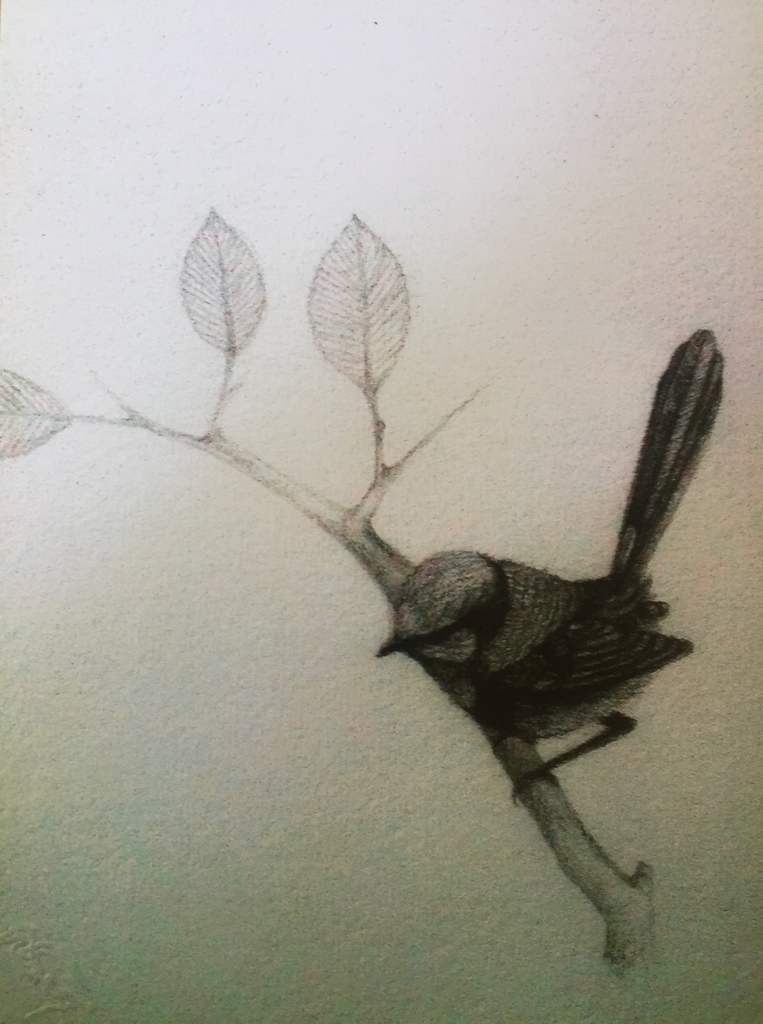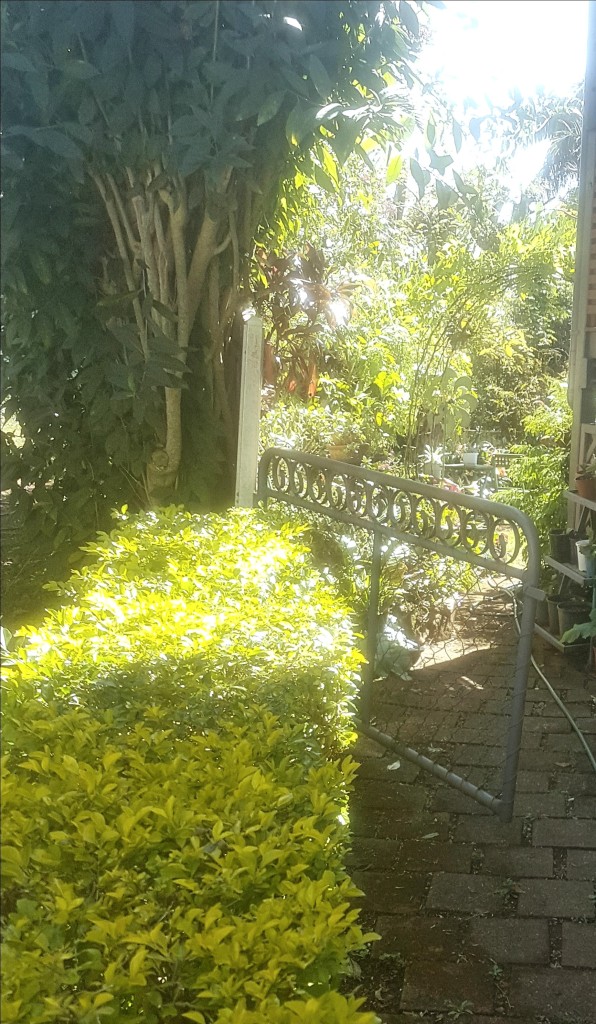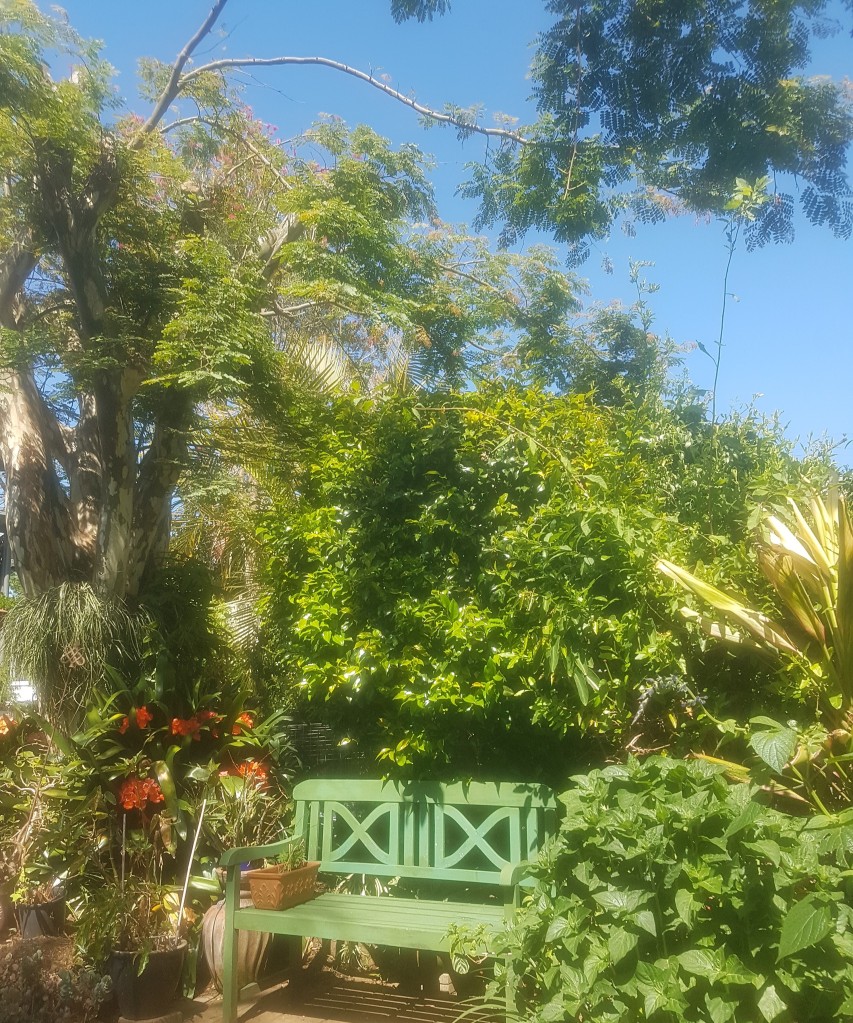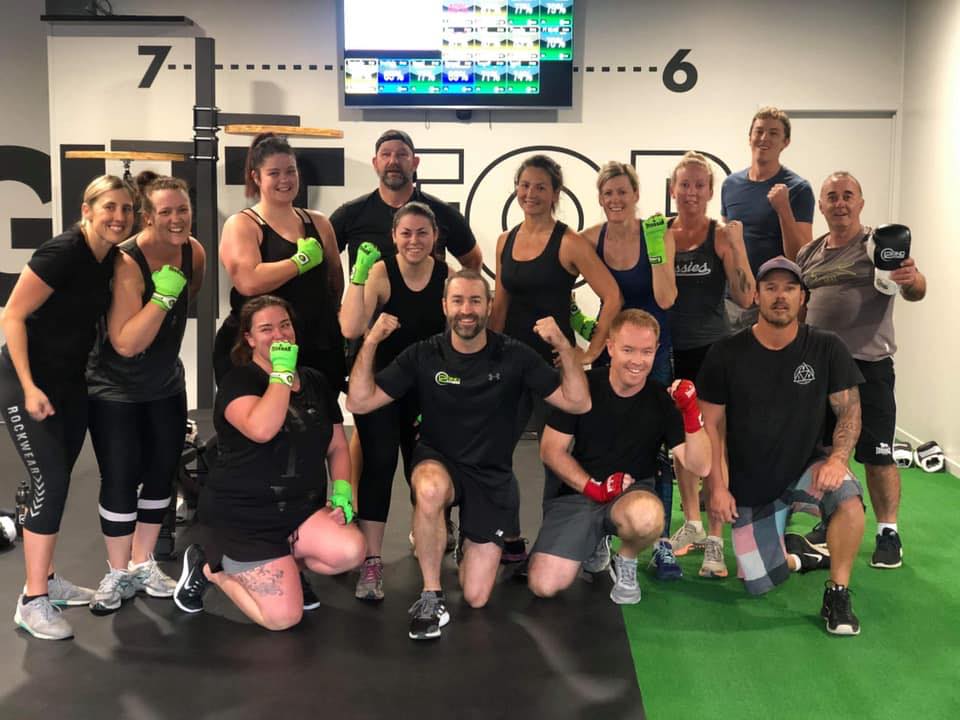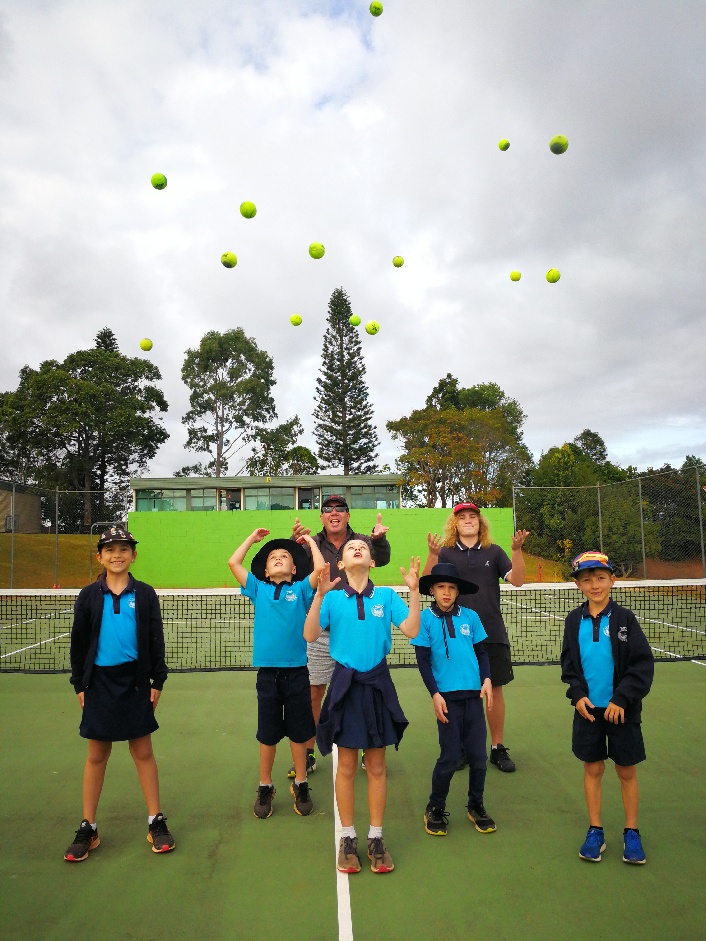“Learning is an active process. We learn by doing . Only knowledge that is used sticks in your mind.” – Dale Carnegie
This is a story about a place of discovery, a mum and her courage to break away from the traditional. Her place of passion is nestled in the heart of the Somerset Region in Toogoolawah, a country town known for its rural lifestyle and homely appeal. It was for these reasons that Teresa, her husband and two children settled in the town just over three years ago. When her son turned five and enrolling for Prep was the next step, Teresa wasn’t convinced that he was emotionally ready or that their local school would meet the interests and learning style of her son’s. Alternatively, she preferred the idea of having the freedom to design a curriculum tailored specifically to her own child. She longed for one that would be a combination of hands-on child led learning, one influenced by nature and with the freedom to sometimes simply, “mess about”. Quickly she made the decision to home educate, a choice that would offer both her and her child far more than they ever could have imagined.
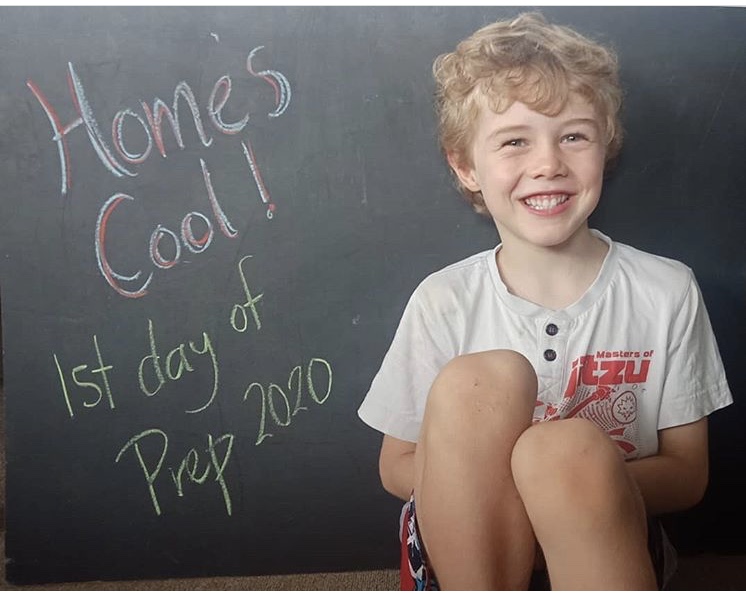
It was a daunting task, even for a trained teacher who had placed her career on hold to have a family. In the role of mother when daily life becomes a cycle of cooking, cleaning, driving and playing, the skills one once had as an expert in their field are often put on the shelf. Like Teresa, when these skills are needed again, the burning questions arise; “Do I still have what it takes?” “Can I still do what I use to?” “Am I capable?” For Teresa, she quickly found her answer was a resounding and satisfying, yes.
Her first task was to develop a curriculum. Combining elements from her own teaching, her further training in Steiner/Waldorf education and influences such as Montessori and Charlotte Mason, she developed her home learning experience where activities focus around the natural world as being of central importance. In her home, daily lessons can be more aptly titled as “life learning” experiences where her son often engages in everyday activities as a means to learn, more so than adhering to a solely academic approach. A math lesson that had him placing his Footrot Flats comics in order from one to twenty-three offered a wide range of knowledge, more so than what a simple math worksheet might. Such a simple task incorporated counting, number and place value, numerical and written numbers as well as a life lesson of caring for belongings and learning about the structure of books. These experiences are often student led and if a lesson isn’t quite going “to plan” they have the freedom to instead sit in the backyard with a bird identification book and binoculars or read a favourite book – a freedom one simply doesn’t have access to in the conventional education system.
Many units are tailor designed, with her son’s keen interest in dinosaurs having once been at the forefront. “He loved making dinosaur foot prints and fossils in a mix of salt dough,” Teresa explains. “He was riveted and spent time designing scenes of dinosaur footprints representing fights or of a herd fleeing. He even created a fossil of a dinosaur that had died in a creek bed.” It is this creativity that flows into many of their daily activities. They’ve made musical jars and marble runs, dabbled in sewing and baking and even made a letter weaving alphabet.
Surprisingly, it hasn’t just been stimulating for her son but also for herself. “I was delighted to find, in a matter of words, that I still have a brain. It’s given me an outlet and I’ve found myself being more creative.” She even wrote a children’s story about the five senses when she wanted to teach her son about them but couldn’t quite find what she was looking for. “He loved it. I think I read it to him at least four times.” Her inner artist has also come to life with another much-loved activity; wax resist art. She has drawn a range of images in wax only to have her excited son expose them with a variety of vibrant watercolours. Clearly, there has been discoveries for all.

However, alongside the many joys of home education there has most certainly been challenges. “I’m in two minds about continuing next year,” Teresa admits. “I realise the value of “needing the village” and being both a mum and a teacher of a strong-willed boy can be challenging.” Trying to also care for and entertain her two-year-old daughter whilst teaching has proven difficult. Even though she will often join in on many of the activities, she can become easily frustrated when her interest plummets or when her brother dominates her mother’s attention. For Teresa she also finds that for a child who is active or very social, it can be hard to meet those needs at home, particularly in a small town such as Toogoolawah. Therefore, joining sports such as tennis and maintaining previous friendships has been both essential and a blessing.
She does offer some advice for those who may be contemplating home education or are even teaching their children at home as a result of the current pandemic. “It’s really important to have a set space, away from distraction where your child can concentrate on their book work.” She also suggests that if you have no previous education training, then talking to others and finding a good curriculum to buy is a good idea, as creating one can be very time consuming. Furthermore, it’s essential to be flexible, sometimes an activity after dinner might have a better response than when you first tried it in the morning, or if a child’s happy to be reading a book when you had another activity planned, it’s okay to let them just read. “Right now I know many parents are stressed teaching from home. They’re worried and I understand that, but remove the pressure. Let them read, cook, play games, and do the things they don’t normally get to as a means to learn.”
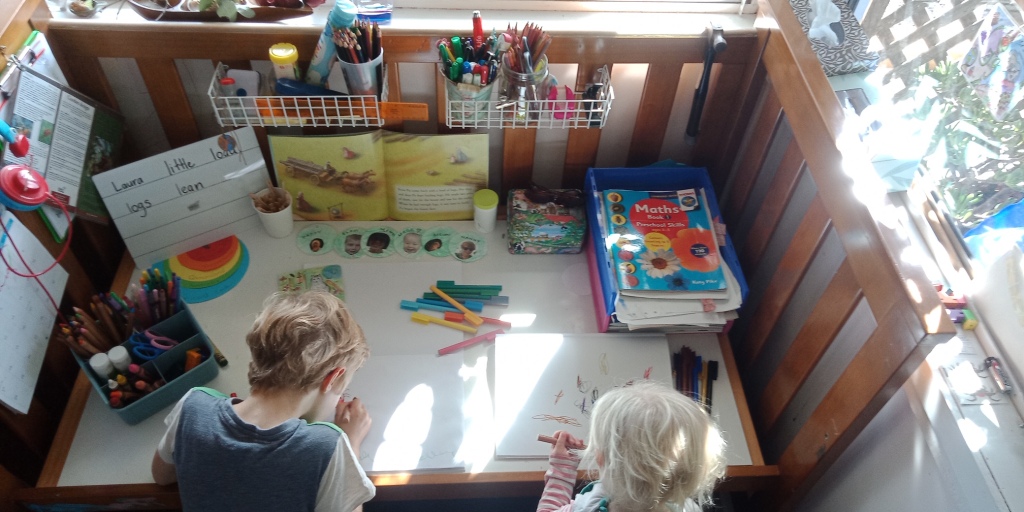
Despite the complexities of home education, Teresa has no regrets. “My son lives and learns joyfully and I get to be a part of that.” But most importantly, her place of passion is about ongoing discovery, and for both Teresa and her son, part of that has been the realisation that often we are far more capable and courageous than we ever truly believe.
